Milwaukee Road “boxcab” electrics 10200A and 10200B, or simply 10200, are displayed indoors at the Lake Superior Railroad Museum in Duluth, and the museum is reminding visitors that the locomotives are 100 years old in 2015. They made their first trips in November 1915.
When constructed, No. 10200 was the most powerful electric locomotive in the world, continuously generating 3,000 hp. It was the first electric to operate on direct current at voltages as high as 3,000 volts, and the first to use regenerative braking – when the locomotive traveled down grades, the electric motor was used as an electric generator, feeding electricity back into the supply system. As built, Milwaukee Road’s boxcab electrics were composed of two half-units semi-permanently coupled back-to-back, and numbered as one unit with “A” and “B” suffixes. The railroad assigned 30 locomotives to freight service, classified as EF-1 and numbered 10200-10229. The remaining 12 locomotives were assigned to passenger service as class EP-1, and numbered 10100-10111.
No. 10200 is 112 feet long and weighs 288 tons. GE delivered it to the Milwaukee Road in Chicago on Sept. 25, 1915. Crowds estimated at over 10,000 people viewed the engine at Union Station. The Milwaukee even stuck the locomotive on the head end of the its Olympian passenger train and posed it on its Chicago – Milwaukee main line at Forest Glen, Ill. — far from the electrification. When No. 10200 traveled to its new operating territory, more than 60,000 people came see the new locomotive at stations along the way.
No. 10200 entered service in early November 2015 at Piedmont, Mont., in helper service. The electrification’s formal beginning was Nov. 30, 1915 when No. 10200 pulled a special train out of the yard at Three Forks, Mont. over the Continental Divide to Butte, Mont.
One other Milwaukee Road boxcab survives. No. E57B, originally 10211B, is on display at Harlowton, Mont. once a division point and the eastern limit of electrification on the Rocky Mountain Division.





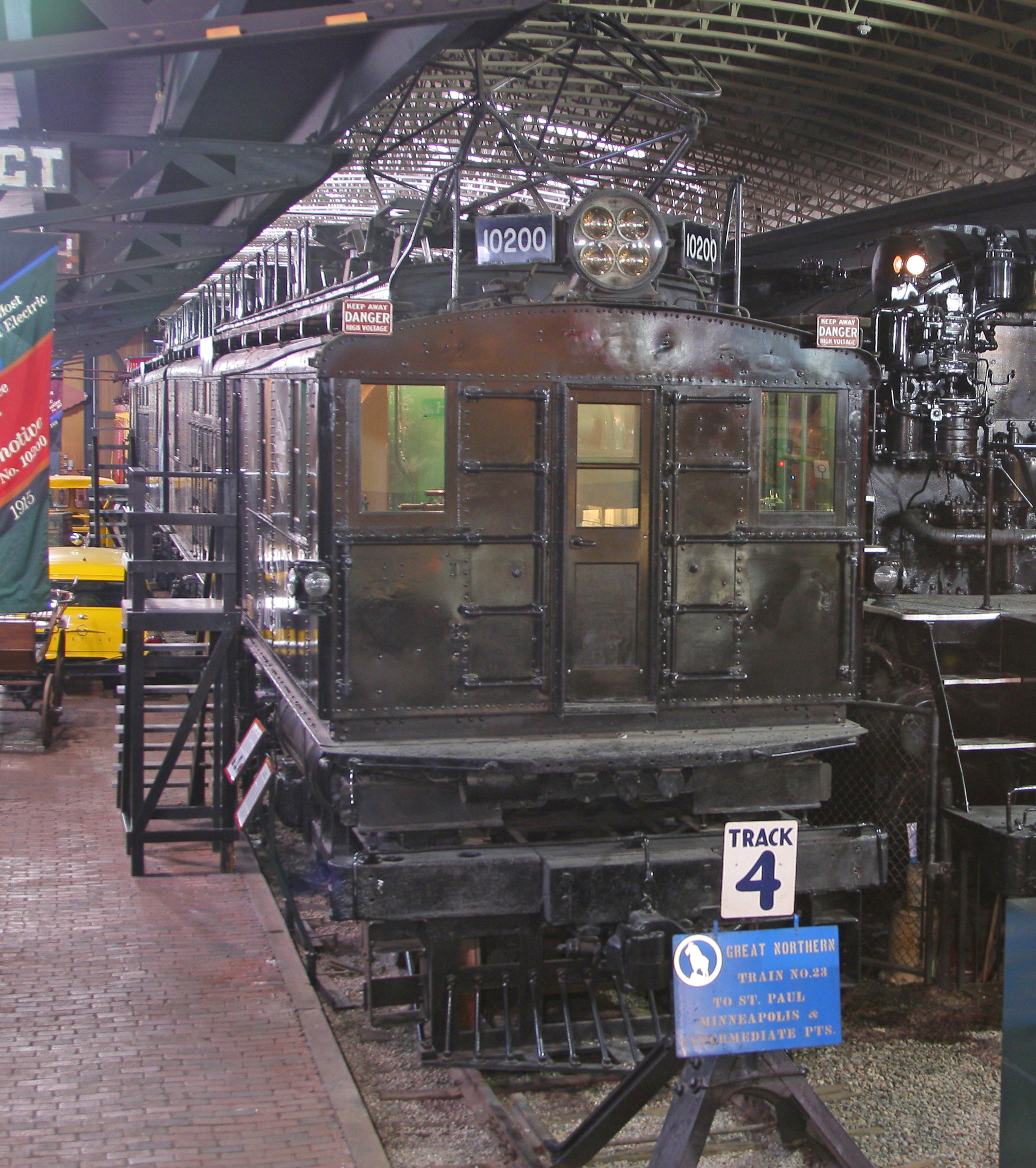
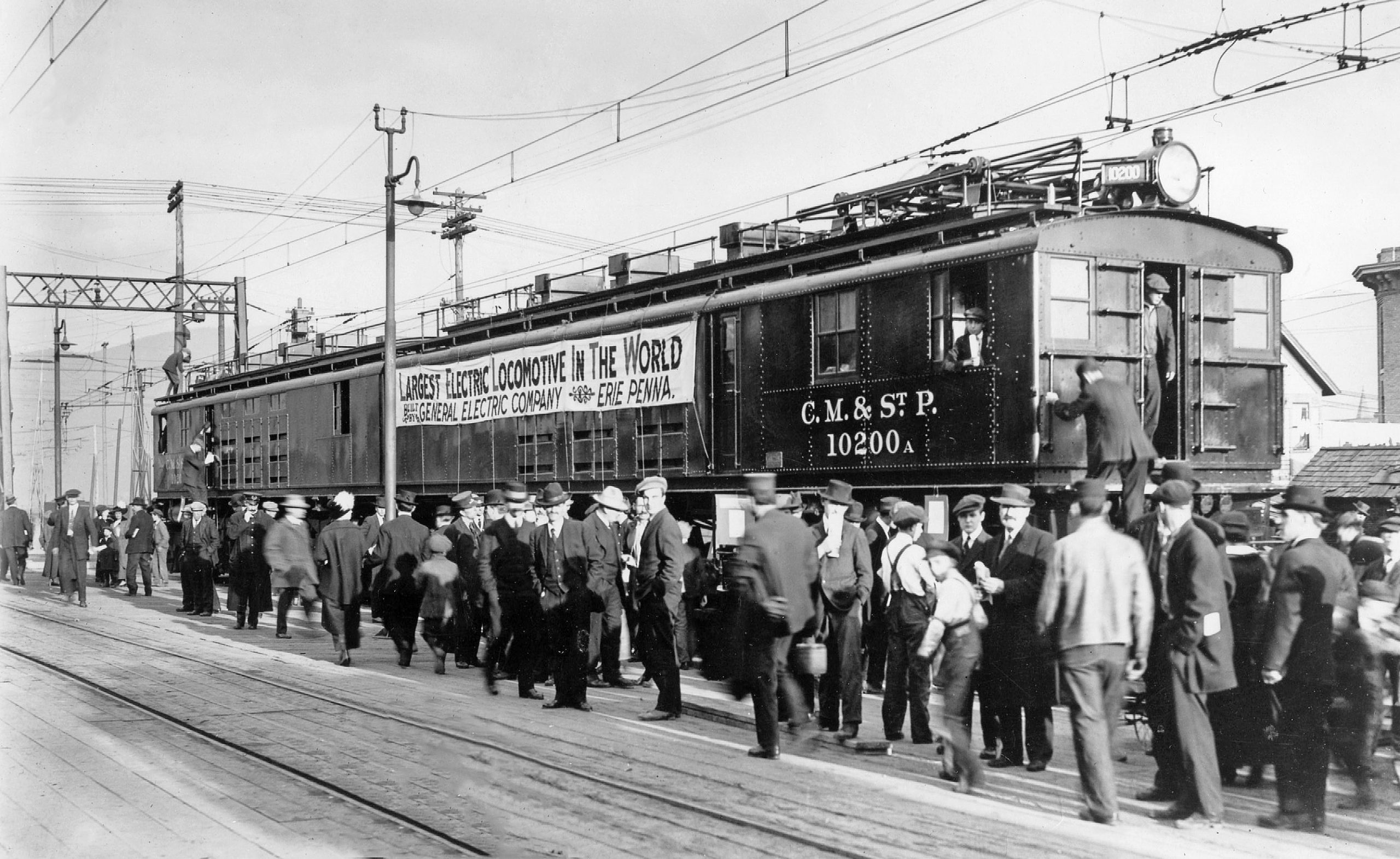
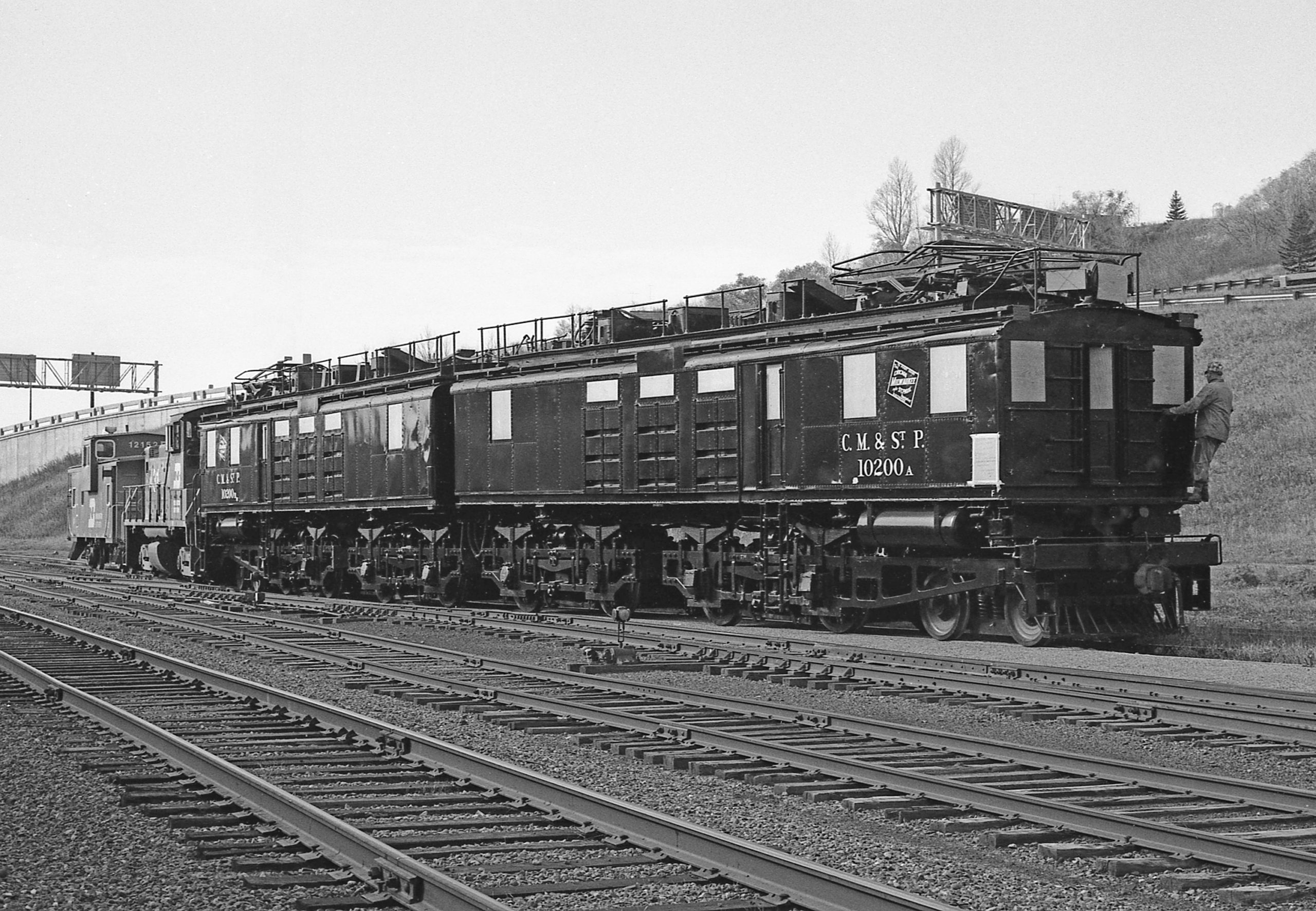

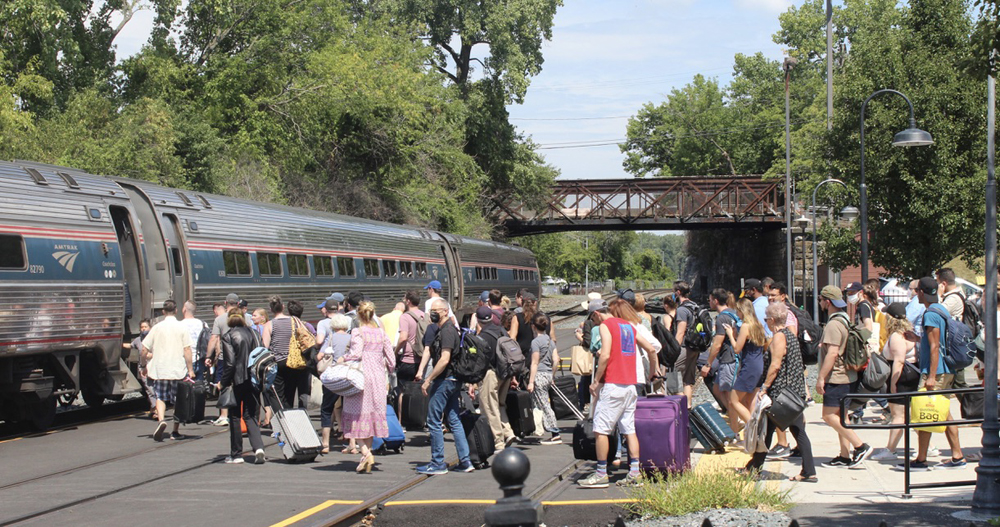
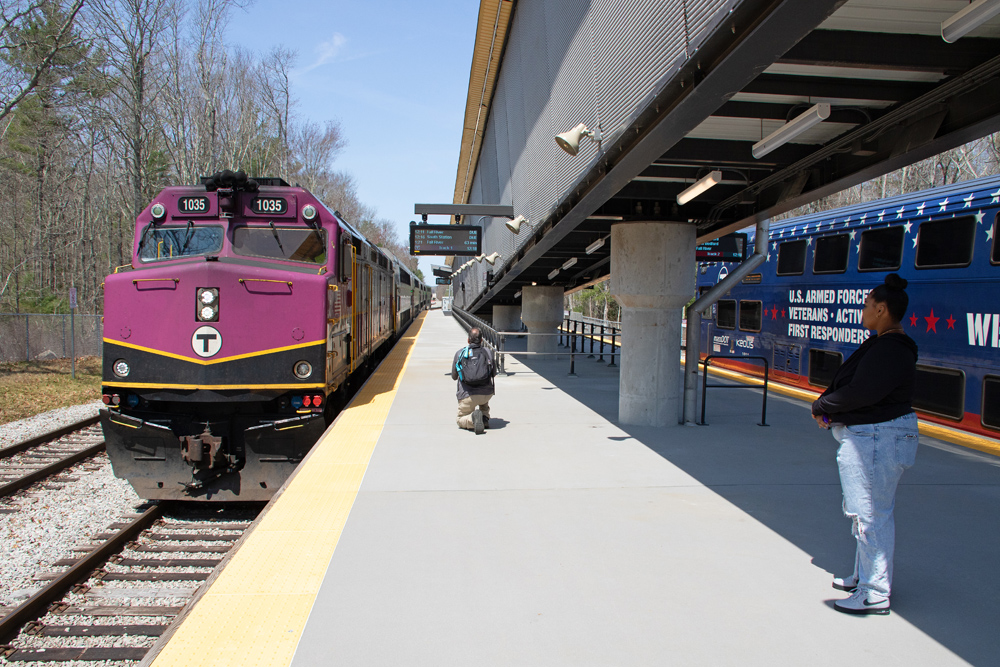
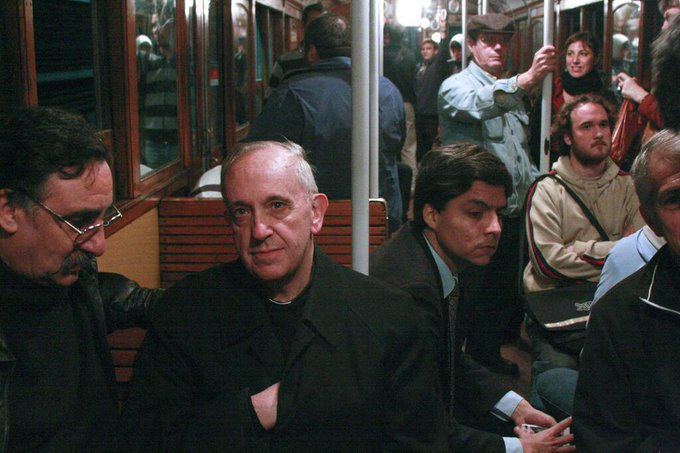





Hope the remaining Little Joes could have some sort of sheltering to protect them better from the elements and preserve them more. Long live Milwaukie Road memories
In 1952 I spent a month in Harlowton, Montana and would go to the station to watch them switch from Diesel-electric to Electric in the morning and then the reverse in the afternoon. I also sold local newspapers to the passengers as they waited on the station deck.
These locomotives were obviously built very well. .I did get to see a "little Joe" operate in late 1960s in Montana, but never saw a juice box like this one pulling a train.
I have 88mm video of these somewhere!
Somewhere i have 88mm video of these units.
Amazing to think that technology's 100 years old. I wonder if it can still run?
By the way, the New York City Transit Museum has 100 year old subway cars that they operate on occasion.
Great article, thanks Steve! It would be nice to see the 10200 set in Cle Elum, WA. Great display there with the depot, substation, and someday Milwaukee Road U25B 5057. Along the old Milwaukee Road right of way it once operated on. http://www.milwelectric.org/5057project/
There is a "Little Joe" on display in Deer Lodge, MT., which is near Butt…'er….Butte. If you park your vehicle next to the loco (it has a protective fence around the loco), you'll have a good idea of how HUGE these Joes are.
Happy Birthday! Wish I could go visit!
Here is a link to a photo of E57B in Harlowton: https://flic.kr/p/9VJgwG
And here is a link to a photo of Little Joe E70 in Deer Lodge: https://flic.kr/p/9RpAzr
Was wondering if any of the little joes are still around
Electric locomotives often had L-O-O-O-N-G lives: The GG1s reigned for just shy half a century (although no individual motor ran for more than 46 years, I believe). For almost shocking longevity, look to the New York Central's S-motors: First in service in 1906, the last of the breed ran until past 1980. And for REALLY shocking longevity, check out the boxcabs that Canadian Northern bought in 1914 for its Montreal electrification: A half-dozen of them ran until 1995 — 81 years! I had the good fortune to photograph them in their last weeks of operation, and I got one cabride in 6711. Many diesels now in daily service have six and more decades of service behind them, such as Reading & Northern's ex-Lehigh Valley SW-8 "pups", built in 1954. And the Delaware-Lackawanna has (heavily rebuilt) EMC #426 dating from 1935, 80 years ago; this one does not run every day, but she does run, now restored in her original Delaware, Lackawanna & Western livery.
When one reads and contemplates the contents of Steve Glischinski's well-written and concise article, two of many conclusions explode: the audacity and forward thinking of both lines west and the electrification…and regret of what may have been premature demise.
Illinois Railway Museum occasionally operates their beautiful South Shore Little Joe.